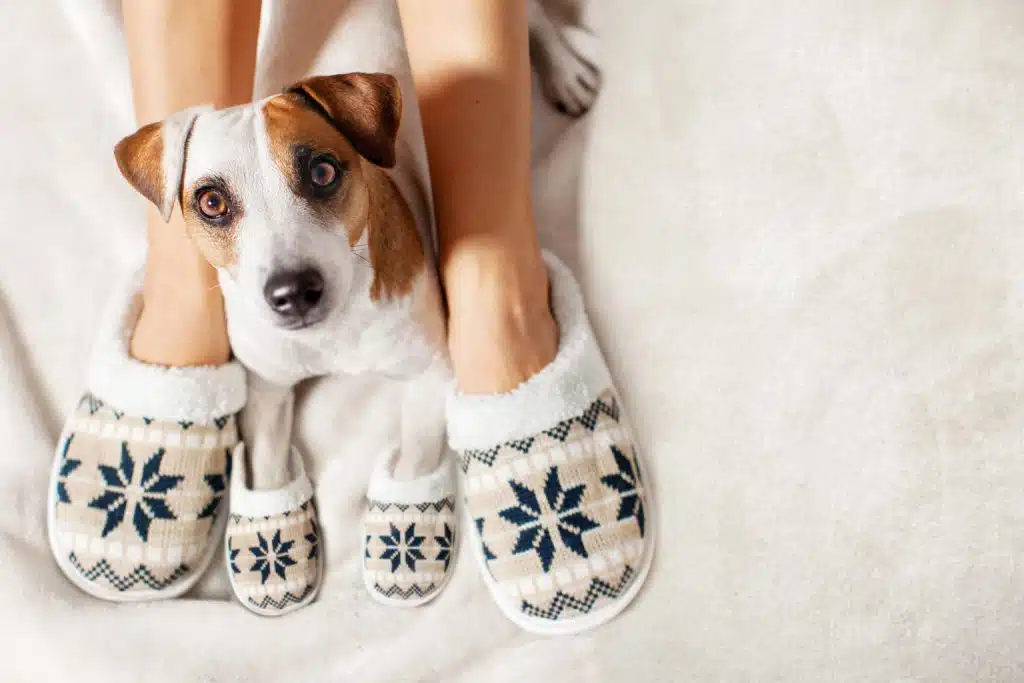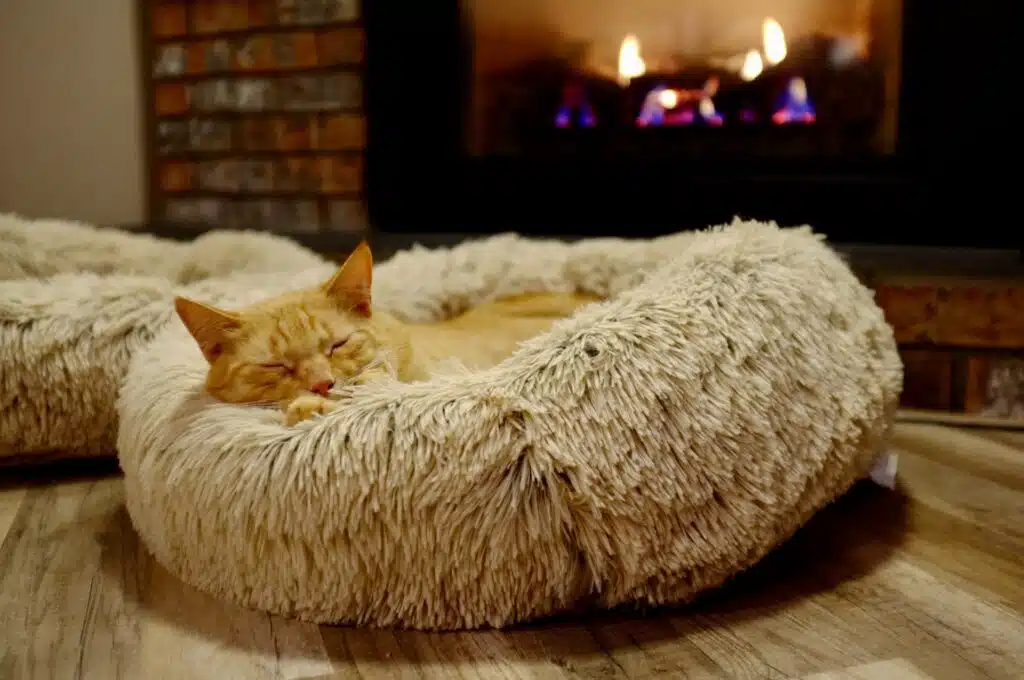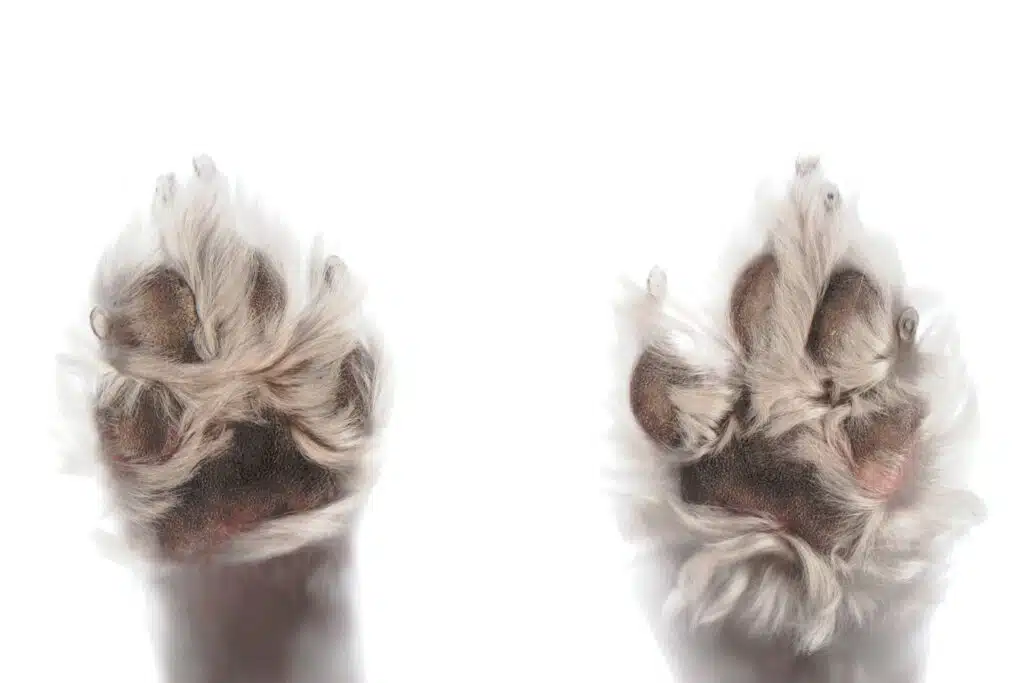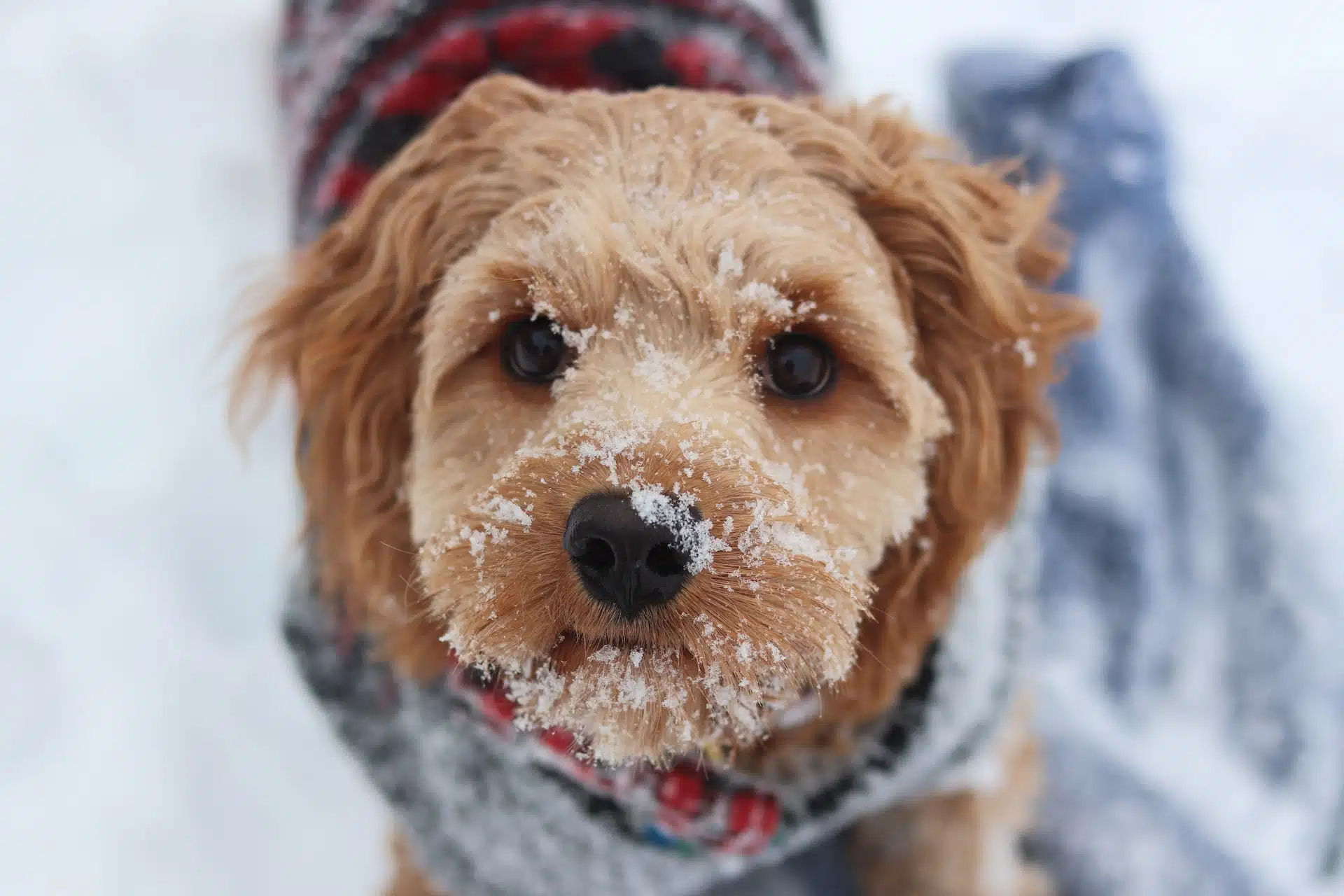Home » Blog » Pet » Pet Parenting Lifestyle » Top Tips for Keeping Your Pet Warm
Categories
Tags
animal welfare
breed profile
buying a car
buying a pet
Car
car accessories
car care
car features
car insurance
Car safety
car sales
car service
cat
cat behaviour
cat body language
Cat Breeds
cat food
cat insurance
comprehensive car insurance
Dog
Dog Behaviour
dog body language
Dog Breeds
dog food
Dog Insurance
dog training
eco friendly cars
Kitten
New Car
pet accessories
pet activities
Pet Adoption
pet breeders
pet days of the year
pet fun stuff
Pet Health
pet insurance
pet parenting
Pet Safety
pet services
Puppy
rescue pets
road safety
road trip
safe driving
Recent Blog:
Facebook Posts
2 days ago
Growing old sometimes means we can’t take care of pets anymore. Find out some advice on what to do when this happens:![]()
![]() Senior Pet Parents – Contingency Plans for Your Pet – bit.ly/44bzwkS
... See MoreSee Less
Senior Pet Parents – Contingency Plans for Your Pet – bit.ly/44bzwkS
... See MoreSee Less
Senior Pet Parents' Contingency Plans for Pets
www.pd.com.au
Sometimes senior pet parents need more downtime. For older pet owners, this can be tricky to navigate if their dog or cat is full of beans and wants to4 days ago
Before you rev up the engine, let’s run through a checklist of things to do before starting your car. Not only do these steps ensure your safety (and that of others around you), but they also help in maintaining your vehicle's longevity.![]()
![]() Driving Tips: Your Checklist Before Starting Your Car -
... See MoreSee Less
Driving Tips: Your Checklist Before Starting Your Car -
... See MoreSee Less
Driving Tips: Your Checklist Before Starting Your Car
www.pd.com.au
Heading out for a drive? Hold up a second! Whether you're dashing off to work, running errands, or embarking on a road trip adventure, there are a few1 week ago
Are intestinal worms setting up camp in your dog’s gut without paying rent? Here’s how to spot the main culprits and get rid of them too:![]()
![]() Preventing, Identifying and Treating Intestinal Worms in Dogs - bit.ly/43YjCKu
... See MoreSee Less
Preventing, Identifying and Treating Intestinal Worms in Dogs - bit.ly/43YjCKu
... See MoreSee Less
Preventing, Identifying and Treating Intestinal Worms in Dogs
www.pd.com.au
Intestinal worms, such as roundworms in dogs are one of the least glamorous topics on the planet. These intestinal parasites that basically use our dogsWhether or not they show it, pets are sensitive to colder weather. We know you want your pet to stay healthy and cosy at all times, so read our helpful tips on how to keep your pet warm during the chillier time of year. A cold dog or a cold cat is not what you want on your hands, for several reasons!
While those adorable tail wags and whisker twitches might deceive you into thinking your pet is impervious to the icy winds, the truth is, the wintery bite can be just as unforgiving to them as it is to us. From frosty paws to snug jerseys, this blog is your go-to source for mastering the art of cold weather care for pets…
In this article
- Keep your pet warm with proper shelter
- No bare floor will help keep a pet warm
- Don’t let warmth turn dangerous
- How to keep your pet warm? Pet couture!
- Staying active, staying warm
- Temperature check-ins will help keep them warm
- Can a cold dog get frostbite on their paws? A cold cat?
- Dietary dos and don’ts in the chill
- The smart approach to bathing pets in the cold
- Get award winning pet insurance
Keep your pet warm with proper shelter
Wind chill is real and cold snaps can be sudden. So, make sure your dog or cat is well protected from potential cold via access to safe, warm shelter. When you’re home, when you’re out, and when you’re walking together.
A good outdoor shelter should fit your pets comfortably (within reason – Bernie the Bearded Dragon can stay in his vivarium). This ensures they warm up quickly with body temperature alone. In the same vein, it should also:
- be sealed properly to keep heat in while still allowing enough air to breathe.
- have enough warm blankets to further insulate your cold cat or dog.
- be raised well off the ground/floor, especially if you live somewhere that gets really cold.
NOTE: Pets should be brought inside when temperatures drop below 4 degrees Celsius.

No bare floor will help keep a pet warm
Dogs, cats and other pets might like to lie on cool concrete or tiles in summer, and even in winter out of habit. However, they should never be made to sit or sleep on bare floors when it’s really cold.
It can lower their overall body temperature and inflame arthritic joints. A single blanket may not be enough to stave off the chill either. When figuring out how to keep your pet warm in winter, consider: would you lie there and snooze on it?
Do self-warming pet beds work?
Self-warming pet beds can actually work pretty well for our fur-ends. These beds are designed to provide a cosy and comfortable spot for your pets, using their own body heat to generate warmth.
The way they work is pretty nifty. Most self-warming pet beds are made with special materials that reflect your pet’s body heat back to them. So, when your pet settles in for a nap, the bed absorbs their warmth and then bounces it right back to keep them toasty. It’s like a little heat recycling magic!
Now, it’s important to manage expectations. These beds won’t turn your pet’s spot into a sauna, but they can definitely add that extra bit of warmth that pets often seek, especially on chilly days. They’re great for pets who might have achy joints or just love to feel snug as a bug in a rug.
Of course, like anything, results might vary depending on your pet’s size, fur type, and personal preference. Some pets might absolutely adore their self-warming bed, while others might be a bit more indifferent. It’s always a good idea to introduce the bed gradually and see how your pet reacts.
Just make sure to read reviews, check the quality, and consider your pet’s unique quirks before making a choice.
Don’t let warmth turn dangerous
Ever melted your slippers resting them on the outside of the firepit. Burnt your leg hair sitting too close? Fallen asleep near one, to the sound of sizzling and discovered your head is on fire? We hope not, but pets can make the same mistakes with a heat source.
It’s inviting when you’re very cold, but it can quickly get too much. Knowing how to keep your cat warm from the cold is one thing but protecting them from being too warm is another.
Put pet barriers in place to keep pets a safe distance from all heaters, whether they’re gas, electric or firewood fuelled. And don’t let pets have direct access to electric blankets, as there’s a risk of electrocution if they chew the wires or they’re wet.
NOTE: Carbon monoxide is a gas you can’t smell, taste, or see, but it can kill. Have a gas heater? Make sure you have at least two vents open (ideally diagonally across from each other, like a window and a door) for fresh air to flow into the space.

How to keep your pet warm? Pet couture!
When it comes to cats, unless you’re keeping it outside (not good for them or the wildlife), there’s no need for clothing. And usually, dogs don’t need clothes either. Speak to your vet about your pet’s needs before buying up on cold weather fashion.
If they think your cold dog may need an extra layer, an easily washable doggie jersey is great. Especially for short-legged dogs who run close to the ground and often get wet from it. Read this ‘Dog Winter Jackets & Warmers to Get ASAP!‘ article for more info.
Steer clear of floppy and dangly bits. These can lead to accidents and even strangle an animal. And don’t forget that a clothed pet near the heater is going to get really hot really fast; take it off as the room warms.
TIP: Look for a doggie jersey that’s waterproof underneath if your dog is active outdoors.
Staying active, staying warm
We’re all inclined to stay inside in cold weather, including your cat or dog. They may naturally hibernate or become less active, like some reptiles, but mammals need to move. Encourage non-hibernating pets to get active by playing food games with them.
For example, dogs that are food-motivated can be encourage into activity by you spreading meals throughout different parts of the house or throwing kibble to have your pet chase it down a hallway.
Check out these food-dispensing toys and interactive or puzzle toys too. They will help raise their body temperature and help maintain their metabolism. Or you might want to try out dog or puppy yoga together!
Temperature check-ins will help keep them warm
Any mammal can succumb to the cold with nasty conditions like frostbite on the ears or hypothermia. If it’s too cold outside for you to bear, it’s probably too cold for your dog or cat.
Very young pets and older ones will also be more susceptible to low temperature, wind chill and the wet than adult pets. And they could get really ill from it. Watch for signs that your pooch can’t handle the deep chill, including shaking, cowering, repeatedly lifting up their feet and continuously trying to go back inside. Remember: Hypothermia can kill.
It’s one of those things that can happen without you realising. Just like accidents and unexpected illnesses. Best to look into low cost, easy claim pet insurance (more on this later) and ensure your fur baby is covered for unforeseen treatments.

Can a cold dog get frostbite on their paws? A cold cat?
Yes, dogs can get frostbite on their paws, just like humans. So too can cats. They’re susceptible to frostbite, particularly on their ears, tail and, most notably, their paws.
Frostbite occurs when the skin and underlying tissues freeze due to prolonged exposure to cold temperatures. It’s important for you to take steps to protect your pet from this potentially painful and dangerous condition, especially during cold winter months.
Paws are particularly vulnerable because they come into direct contact with cold surfaces like snow and ice, and they have less insulation compared to the rest of the body. See some tips below:
- Moisturise paw pads: Cold weather can dry out paw pads, making them more susceptible to frostbite. Regularly moisturise your pet’s paw pads with a pet-safe paw balm or moisturiser.
- Check paw health: Routinely inspect paws for any signs of redness, swelling, or cracking. These are early indicators of potential frostbite. If you notice any issues, consult your vet promptly.
- Shorter walks: During frigid weather, consider shorter walks to reduce exposure to the cold. If your pet enjoys playing in the snow, ensure they have frequent breaks indoors to warm up.
Dietary dos and don’ts in the chill
Warming the body takes extra energy, but some pets do far less in winter. Consult your vet about adjusting your pet’s diet over colder months to accommodate their change in activity.
Some dogs love the snow, for example, and might play in it several times a day. On those days, they may need more calories to counterbalance the extra exercise. Others will steer clear, even for toilet breaks. Because they’re less active they should consume fewer calories.
Depending on your climate, your pet’s skin may also dry out somewhat. Foods with extra oils like coconut oil can help reduce uncomfortable cracked skin, as can moisturising their paw pads as we’ve mentioned above.
Ensure your pet’s water needs are met
Pets always need access to fresh water, indoors and outdoors. Even in colder months when they might be less active. The dryness and warmth of artificial indoor heating can make them thirstier than usual. If you live in a really cold area, consider a heated bowl to keep water from freezing.
These blog posts will equip you with more know-how to keep your dog or cat happily and healthily fed, whether it’s cold out or the sun’s shining:
- Yay or Nay – Can Kittens Eat Adult Cat Food?
- Eco Friendly Dog Food: Reducing Our Carbon Pawprint
- Dry Cat Food or Wet? How to Choose
- Dog Won’t Eat Dry Food? Try This.
- Pros and Cons of Raw Food for Puppies

The smart approach to bathing pets in the cold
Body temperature changes with heated or cold water. Add a coat that retains that, and you can figure out why we’re suggesting you ease up on pet baths in winter. Though not to the point where pooch becomes unpleasant to be around…
If your pet has fur that’s wet, best to towel them down. Before exposing them to outdoor air, it’s crucial to ensure they’re completely dry.
And now you know how to keep pets cosy in winter, read about preparing your car for winter too!
Get award winning pet insurance
Nothing beats the chills like the heart-warming knowledge you’ve done the best for those you love. Like, for example, by having a cat insurance or dog insurance plan for your pet. Then if they suddenly get ill or injured, you’ll be able to protect them like a pro without worrying about purse strings.
Your pet’s plan pays for unexpected vet visits, diagnosis, treatment and medication. So much can go wrong, but when you’ve planned ahead you can focus on your pet and not have to juggle your finances too. Why wait a moment longer, click below to get a quote and begin your pet insurance journey today.
Share On:




